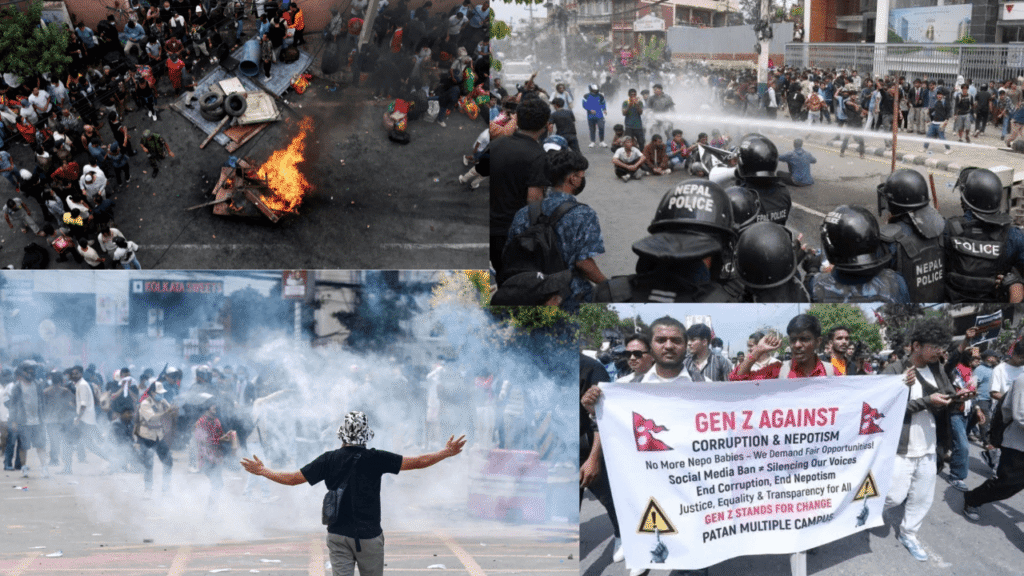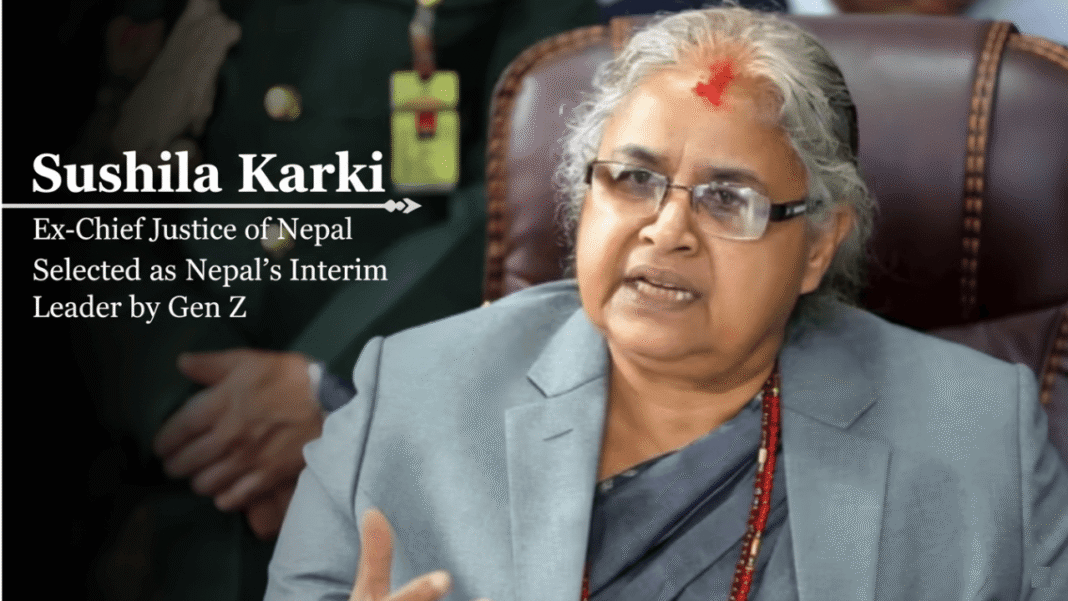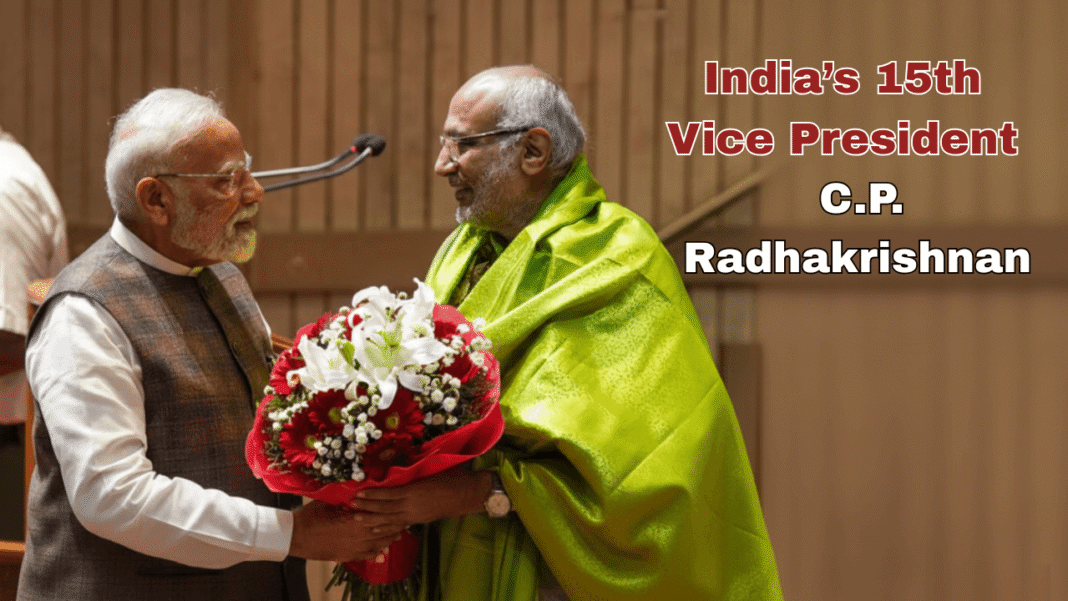In a stunning evolution from decentralized digital outrage to structured political strategy, Nepal’s Gen Z protest movement has rallied behind a potential leader: former Chief Justice Sushila Karki. After weeks of violent protests against corruption and a now-withdrawn social media ban, over 5,000 young activists participated in a nationwide virtual meeting to identify a candidate for the head of an interim government, placing the 72-year-old jurist at the forefront of their revolution.
The Virtual Convention: A New Model for Politics
The movement, which began with viral hashtags like #CorruptionFreeNepal, demonstrated its organizational prowess by convening a massive digital assembly. The agenda was clear: to transcend protest and identify a credible, incorruptible leader capable of steering an interim administration to break the cycle of graft and misgovernance.
While popular figures like Kathmandu Mayor Balen Shah were initially considered favorites, the conversation shifted after attempts to contact him went unanswered. The consensus rapidly solidified around Sushila Karki, a figure renowned for her fearlessness and integrity. Other names, including Kulman Ghising of the Nepal Electricity Authority and Dharan Mayor Harka Sampang, were discussed, but Karki emerged as the overwhelming choice.
In a testament to their seriousness, the activists met Karki’s precondition for consideration: a show of substantial support. She had asked for at least 1,000 written signatures; the movement delivered over 2,500.
Why Sushila Karki? The Symbol of Incorruptibility
For a movement built on anti-corruption, Sushila Karki is the ideal symbol. Her biography reads as the antithesis of the political class the Gen Z protesters are railing against.
- A Trailblazer: She made history as Nepal’s first female Chief Justice, appointed in 2016.
- A Reputation for Fearlessness: Throughout her judicial career, Karki was known for her competence and unwavering stance against political interference. Her tenure was marked by landmark verdicts that often challenged powerful interests.
- A Cross-Party Appeal: Notably, she was appointed to the top judicial post by a Constitutional Council led by the very man protesters now demand resigns—Prime Minister KP Sharma Oli. This fact underscores that her credibility transcends political alliances and is based solely on her character.
Her selection signals the movement’s strategic maturity. They are not just rejecting the old guard; they are proactively proposing a figure whose entire career embodies the accountability they demand.
The Path Ahead: A Long and Uncharted Road

While the endorsement is powerful, the path to installing an interim government remains constitutionally complex and politically fraught. Experts suggest that if Karki accepts the proposal, her first step would be to meet with Army Chief General Ashok Raj Sigdel, followed by seeking approval from President Ram Chandra Poudel.
This unprecedented move comes in the wake of devastating violence that marks a tragic escalation in the protests. Clashes with security forces have resulted in at least 30 deaths. The anger has manifested in the torching of the Parliament House, the President’s Office, the Prime Minister’s residence, and the homes of senior leaders, including an attack on the residence of Foreign Minister Arzu Rana Deuba.
A Movement at a Crossroads
The Gen Z movement now stands at a critical juncture. Its greatest strength has been its organic, leaderless nature. By rallying behind a single figure, it risks a new form of hierarchy but gains a clear point of focus and a tangible goal: the formation of a clean, interim government to oversee systemic reforms.
The government’s dismissal of a “leaderless mob” is no longer tenable. The protesters have now presented a leader. The ball is in the court of the old political order. Will they acknowledge the legitimacy of this citizen-driven mandate, or will the cycle of violence intensify?
The world watches as Nepal’s youth, armed with nothing but conviction and a data connection, attempt to architect a peaceful political transition from the streets and the cloud, challenging centuries of political tradition with a modern blueprint for change.



